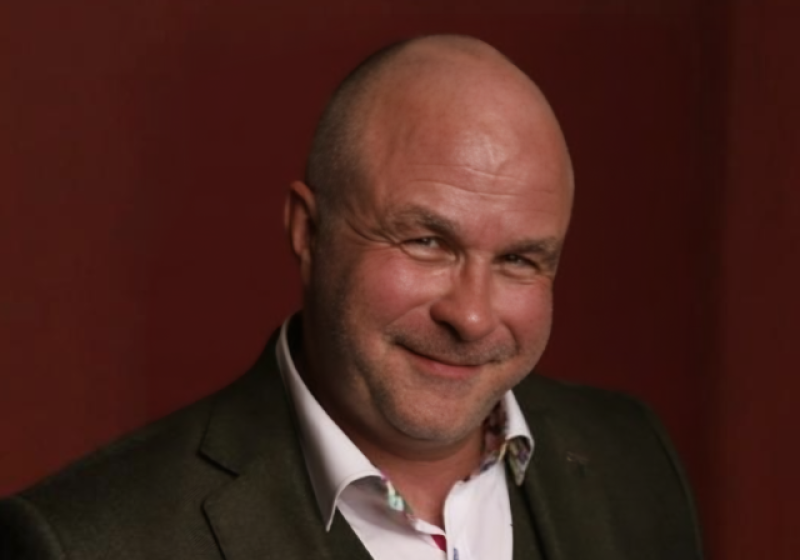One of the reasons that I enjoy palliative medicine as a specialty is that what it covers and addresses continues to change and expand. From origins that lay in supporting patients with cancer solely and end of life, palliative care now includes many different types of diseases and in various stages of the disease processes. That is not to mention the various contexts in which palliative medicine is practiced.
Over the past 7-8 years Severn Hospice and Robert Jones Agnes Hunt Hospital have been on a journey to understand what palliative medicine should and could look like for adults with neuromuscular diseases. Classically the neuromuscular disease that has been associated with palliative medicine has been Duchenne muscular dystrophy (DMD). This disease was associated with young men dying in their early 20s. Palliative medicine was generally provided in children’s hospices and generally associated with respite provision. The prognosis for the condition has now vastly improved and the average survival rate now is up to the late thirties.
Through our research, we have found that children’s hospices are generally now not accepting patients with DMD as it is not classed as a childhood palliative illness. This presents us with a challenge as to what palliative medicine for this specific group of patients should look like given that they now fall under the remit of adult palliative care.
We first started to think about which patients should need referring to us for palliative care support. We also felt that it would be helpful to develop a tool that would help us identify the group of patients who we should be talking about advance care planning with, as well as those who need palliative care support. From this we developed a traffic light system where these patients were identified.
It soon became clear from the patients we started to see that we could split into three types of diseases that were suitable for palliative care input:
1. Patients with diseases new to adult palliative care – due to improved prognosis – e.g. Duchenne muscular dystrophy
2. Patients with diseases we should have been referred to palliative care anyway – e.g. Myotonic dystrophy type 1
3. Patients who have coexisting neuromuscular disease who have a separate palliative diagnosis – e.g. FHSHD patients who are now living long enough to develop a palliative diagnosis of cancer
After 8 years of trialling this we have now contributed to two national guidelines, and we have presented our work at the international meeting – the World Muscle Society in Vienna – the first invited speaker to talk on adult palliative care in neuromuscular disorders.
There are a few things I would recommend to anyone else who is looking at trying to start a new service:
– Trying to reach out to a different specialty is not as effective as working from within it. Palliative care will only get better at new things if the referrals happen – getting better referrals in is the place to start
– No change is too small – start with large numbers of small changes – then big changes will have the evidence you need to implement
– Keep going – this took 8 years to get going – I don’t think there is such a thing as an overnight success
Prof Derek Willis
Severn Hospice

